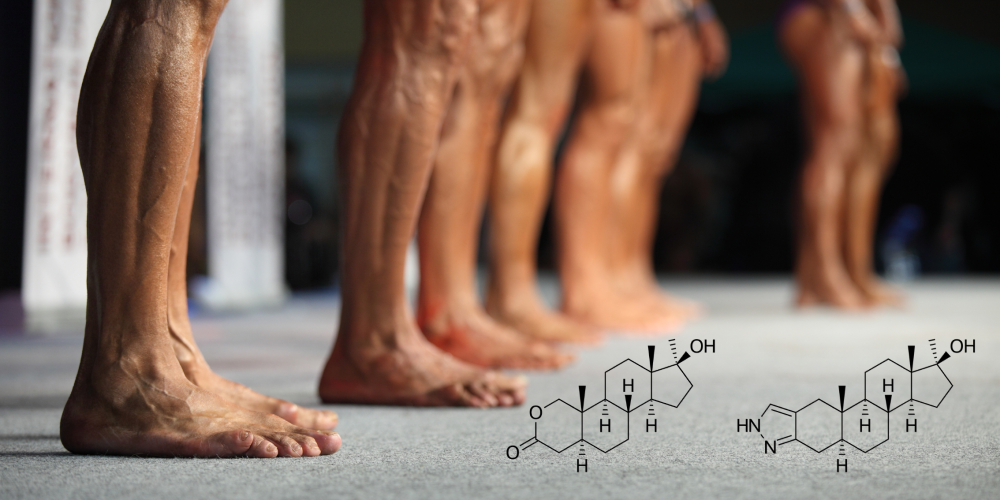Muscle memory: how powerful is it and how does it work?
Muscle memory is a popular concept in fitness, often described as the body’s ability to “remember” previous muscle size and strength levels, allowing for quicker recovery after a period of inactivity. But just how real is this idea? What happens to your muscles during a long break, and how does muscle memory really work? This article explores the science behind muscle memory and what you can expect after interrupting your regular training routine for different amounts of time.
Generally speaking, muscle memory refers to the body’s ability to regain muscle mass and strength more quickly after a period of inactivity. It’s not just a motivational concept; it’s grounded in biological science, involving two primary mechanisms: neurological adaptations and muscle cell changes. Here’s how each one of them works:
Neurological adaptations
When you begin strength training, your nervous system becomes more efficient at recruiting muscle fibers, coordinating movements, and generating force. These neurological adaptations are crucial for improving strength and muscle control. Even during long breaks, these adaptations persist, which is why people often find it easier to get back into their older form when they return to training.
Muscle cell changes
Muscle cells are unique in that they can add more nuclei (called myonuclei) as they grow in size. These myonuclei are responsible for controlling protein synthesis and cellular repair, playing a key role in hypertrophy (muscle growth). Notably, once muscle cells gain these nuclei, they tend to keep them, even if the muscle shrinks due to inactivity. This retention is the core of muscle memory, allowing for faster muscle regrowth when you resume training.
When you stop training for a period, changes occur in your body and muscles:
Muscle atrophy
Muscle atrophy, or the shrinking of muscle fibers, starts within weeks of inactivity due to reduced protein synthesis and increased breakdown. However, the muscle cells retain their added nuclei, allowing for quicker regrowth when you resume training.
Strength loss
Strength loss is slower than muscle atrophy because neurological adaptations last longer. Your muscles may look and feel smaller, but your strength doesn’t decline as rapidly, making it easier to regain previous strength levels.
Metabolism changes
Extended breaks can lead to metabolic shifts, like reduced insulin sensitivity and increased fat storage, making body composition harder to maintain. While these changes can be harder to overcome, muscle memory still aids in faster recovery of fitness levels with proper diet and exercise.
The length of your break significantly influences how muscle memory functions and how quickly you can regain your previous muscle mass and strength:
Short-term breaks (1-4 weeks)
Minimal muscle atrophy occurs, and most gains are preserved. Strength remains stable, allowing you to resume training with little to no loss in performance or muscle size.
Moderate breaks (1-3 months)
Muscle atrophy and strength loss become more noticeable, but muscle memory helps you quickly regain most of your previous size and strength within a few weeks of consistent training.
Long-term breaks (3+ months)
Significant muscle atrophy and strength loss occur, but muscle memory enables quicker regrowth once training resumes, making recovery faster than starting from scratch.
When you return to training after an extended break, it’s essential to approach your workouts with a plan to maximize the benefits of muscle memory:
Start slow
Gradually increase intensity to allow your body to re-adapt.
Compound movements
Exercises like presses, rows, squats and deadlifts engage multiple muscles, helping you regain strength and size faster.
Recovery
Proper rest, nutrition, and hydration are crucial for rebuilding muscle.
Consistency
Regular training is key to regaining your previous gains quickly.
Muscle memory is a scientifically validated phenomenon that explains why it’s easier to regain muscle mass and strength after a break than it was to build them in the first place. The retention of myonuclei and neurological adaptations are the primary mechanisms behind this process. While long periods of inactivity can lead to muscle loss and reduced strength, all the work done in previous training allow for quicker recovery once you resume.
So, in conclusion, muscle memory is a powerful tool that enables you to bounce back from extended breaks with greater ease than many might expect. While inactivity can result in muscle atrophy and strength loss, your body naturally has the ability to regain these losses more quickly thanks to the biological mechanisms of muscle memory. By approaching your return to training with a strategic plan (starting slowly, focusing on compound movements, prioritizing recovery, and maintaining consistency), you can rebuild your physique and strength faster and more effectively, ensuring that your hard work in the gym is never completely lost.









